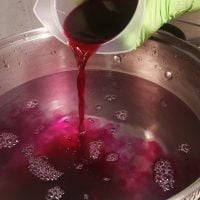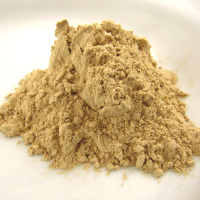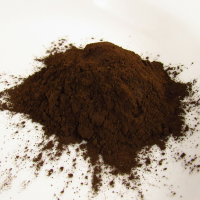Liquid Logwood Extract
We are pleased to offer a new, easy-to-use liquid logwood extract formulation. Logwood (Haematoxylum campechianum) originates from the Yucatan region of Mexico. It is naturalized throughout Central America and parts of the Caribbean. It was also known as Palo de Campeche or Campeche wood. Like cochineal, logwood extract was one of the valuable dyes from the New World. As a result, Spain and England went to war over regions that were lush with logwood trees in an effort to control the lucrative logwood dye trade. Logwood yields a rich, deep purple and was used as a base or “bottom” for … Read more





